10 Dangerous Self-Care Mistakes We Make When Trusting Beauty Bloggers

You step on the surface of the Moon. It’s... unusual. You definitely feel lighter here, and it’s easier to walk. You decide to check out that obsessive idea of yours — jump on Earth’s natural satellite. And even despite your bulky spacesuit, you literally fly up into the air! Woohoo!
Anyway, you continue your walk on the surface of the Moon when you feel something strange. The ground under your feet is... is it SHAKING?! It feels as if an earthquake has just started on the Moon! But it’s simply impossible! Or is it? Surprisingly, your gut feeling hasn’t let you down this time — moonquakes do exist!
In fact, there are four types of moonquakes that are strong enough to be detected from a large distance. There are deep moonquakes occurring more than 430 miles below the surface. Then there are meteoroid impacts. Thermal quakes occur when the frigid lunar crust expands. It happens when the morning sun illuminates the satellite after a two-week-long deep-freeze lunar night.
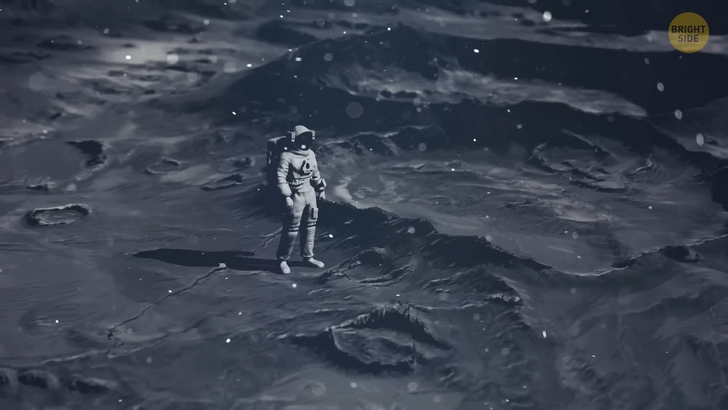
And there are also shallow moonquakes. They’re the only ones that are similar to earthquakes on our planet. Shallow moonquakes happen 12 to 19 miles below the surface. And they’re the most powerful and dangerous. Between 1972 and 1977, the Apollo seismic network recorded 28 such moonquakes. And some of them measured more than 5 on the Richter scale!
On Earth, such an earthquake is strong enough to crack plaster and move heavy furniture! Plus, shallow moonquakes are very long-lasting in comparison to earthquakes. Once they get going, they can continue for up to 10 minutes! As for the average earthquake, it typically continues for 10 to 30 seconds. Scientists are still not sure what causes shallow moonquakes and even where exactly they occur. One of the theories is that moonquakes happen at the rims of large, relatively young craters that probably slump from time to time.
Interestingly, the Moon and Earth aren’t the only places where earthquakes occur. No, scientists have recorded quakes, tremors, vibrations, and shakes in other regions of our Solar System, too. Let’s take Mercury, for example. A few years ago, scientists discovered that this planet was shrinking! And that’s why it seems to be tectonically active. Or Venus. This world is a tectonic puzzle for experts. At the moment, Venus has no tectonic plates — and it might have never had them. But its surface has folds and faults and looks as if it could have tectonic plates.
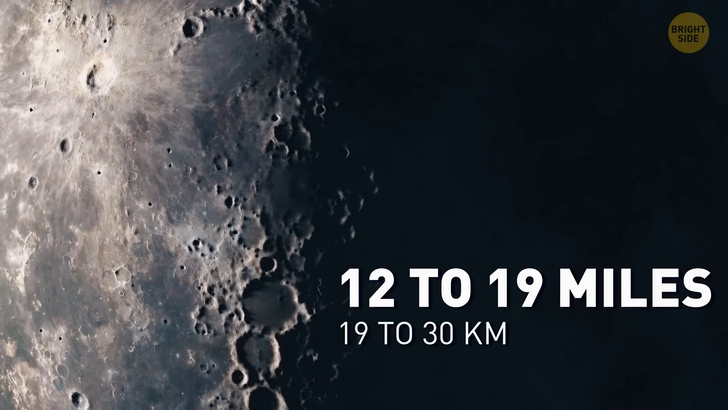
On the other hand, these features might have appeared because of other processes, for example, volcanic activity. But even though we haven’t observed any venusquakes, scientists believe they could detect them since their vibrations seem to ripple through the thick atmosphere of the planet.
Now, Mars. We know for sure that this planet is seismically active. NASA’s lander placed a seismometer on the surface of the Red Planet. And in 2019, it managed to measure its first marsquake! After that, the lander continued to record quakes. But they were so weak that if they happened on our planet, they’d be completely covered by the background noise of Earth’s oceans.
But a space body doesn’t have to be a full-fledged planet to have active tectonics. Let’s take Pluto — this dwarf planet is geologically active at the moment! In 2014, NASA’s New Horizons spacecraft was flying through the Pluto system when it recorded complex geological features on this dwarf planet.
Scientists concluded that Pluto might have quakes (or should I call them plutoquakes?) when its liquid water ocean freezes and thaws beneath the dwarf planet’s icy crust. Jupiter’s moons Europa and Io, as well as Saturn’s moons Titan and Enceladus, are also geologically active — despite their small size. Their features range from volcanoes and water plumes to potential subsurface oceans. Now, I bet you don’t know these cool facts about the quakes that occur on our planet!
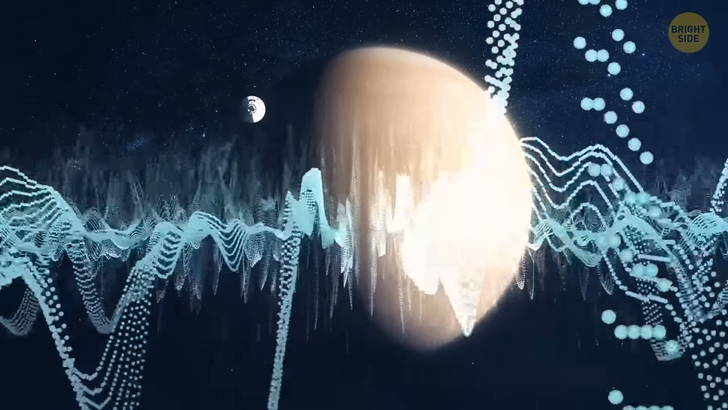
There’s one place on Earth where a whopping 90% of all earthquakes occur! It’s called the “Ring of Fire,” and it stretches around the Pacific Ocean, from New Zealand all the way to South America. Hmm, looks to me more like a horseshoe. Anyway, experts claim that these countless earthquakes are caused by the abundance of volcanoes in that region and the constant movement of the tectonic plates. Around half a million earthquakes happen on Earth every year. But many of them occur very, very deep in Earth’s crust. And only special equipment can detect them.
We feel around 20% of earthquakes. And only 100 of them cause damage. The largest recorded earthquake occurred in Chile in May 1960. It was a magnitude 9.5 on the Richter scale. It was truly devastating. During the earthquake, seismographs detected and recorded seismic waves that traveled all over the world. They shook the planet for many days. As for the most powerful earthquake that occurred in the US, it was 9.2 and happened in Alaska.
By the way, Alaska, along with California, is the most earthquake-prone state in the US and one of the most seismically active regions in the world. A magnitude 7 earthquake occurs there almost every year. A mega-earthquake can actually shorten the length of a day for the entire planet! NASA claims that really large earthquakes can shift our planet’s axis and, thus, change the duration of the day. Of course, you won’t notice it since this change is measured in microseconds (and 1 microsecond is one-millionth of a second). Scientists think that the 9.1
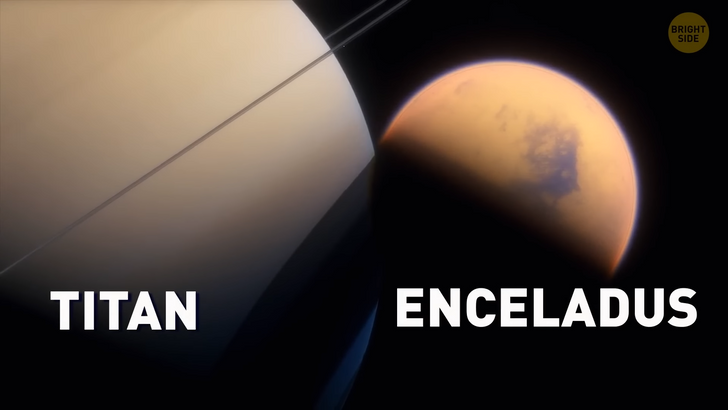
Sumatra earthquake, which occurred in 2004, shortened the day by 6.8 microseconds! Not even the best specialists can predict an earthquake. That’s mostly because the mechanisms that trigger earthquakes are extremely deep underground. But these days, people have learned how to figure out a more precise timeframe of when an earthquake might occur.
Earthquakes can be triggered by volcanic eruptions or, let’s say, meteor impacts. But most of them are caused by the movements of our planet’s tectonic plates. Earth’s surface consists of 15 to 20 constantly moving tectonic plates. Pressure increases when they shift, and this can make the crust of our planet break. San Francisco is moving toward Los Angeles right at this moment!
The speed of its movement is about 2 inches per year. That’s as fast as your fingernails grow. It’s happening because the two sides of the San Andreas Fault (which is a continental fault extending 750 miles through California) are slipping past each other. So, in several million years, Los Angeles and San Francisco will be neighbors!
Lakes, ponds, and canals become slightly warmer and start to stink before an earthquake. It happens because gases get released when tectonic plates shift. Most animals feel these signs and change their behavior. For example, scientists noticed toads completely disappearing before an earthquake in Italy in 2009. But as soon as the natural disaster was over, they returned.
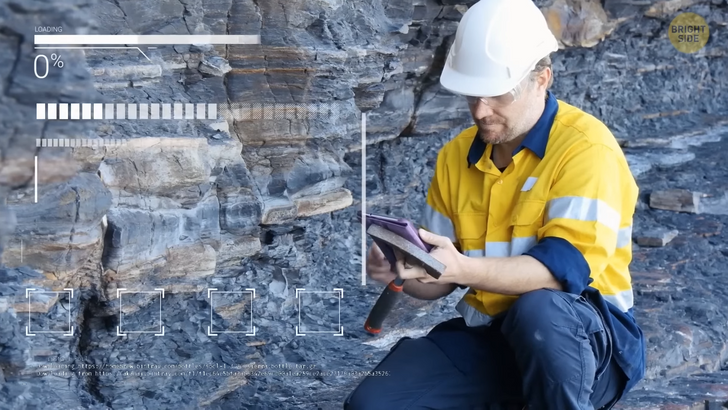
Even after an earthquake is over, you might still see water sloshing around in your swimming pool. There’s no need to worry. This is a phenomenon called a seiche [saysh]. The water can keep sloshing around for hours after the earthquake is over.
For example, the pool at the University of Arizona lost some water from a seiche caused by an earthquake in Mexico that occurred 1,200 miles away. On February 27, 2010, a massive earthquake started in Chile. It measured 8.8 on the Richter scale. As a result, Earth’s crust in that region was ripped so dramatically that a city called Concepción moved 10 feet to the west.
Another earthquake resulted in the tallest mountain in the world, Everest, shrinking by 1 inch. It happened in 2015 when a magnitude 7.5 earthquake caused several Himalayan mountains to decrease in size.
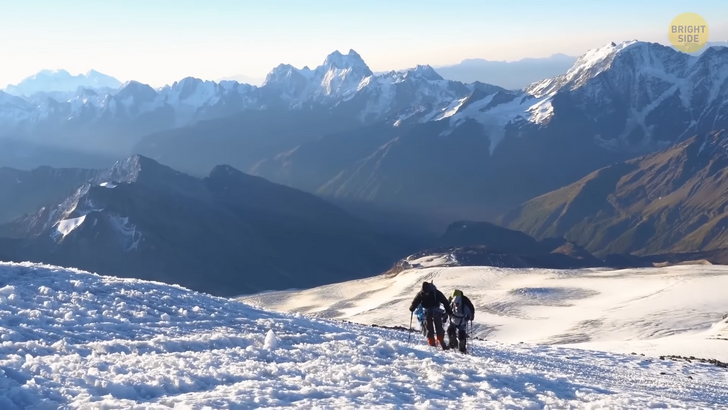
The Japanese used to believe that earthquakes were caused by Namazu — a giant catfish that lived submerged in the mud under the Japanese islands. The fish would thrash about, causing seismic activity. A
s for the Ancient Greeks, they were sure that a powerful sea deity, Poseidon, produced earthquakes by hitting his trident against the earth when he was angry.
According to Hindu mythology, eight elephants hold Earth in place. They are, in turn, balanced on the back of a ginormous turtle, standing on the coils of an even larger snake. And every time any of these animals moves, an earthquake occurs.











